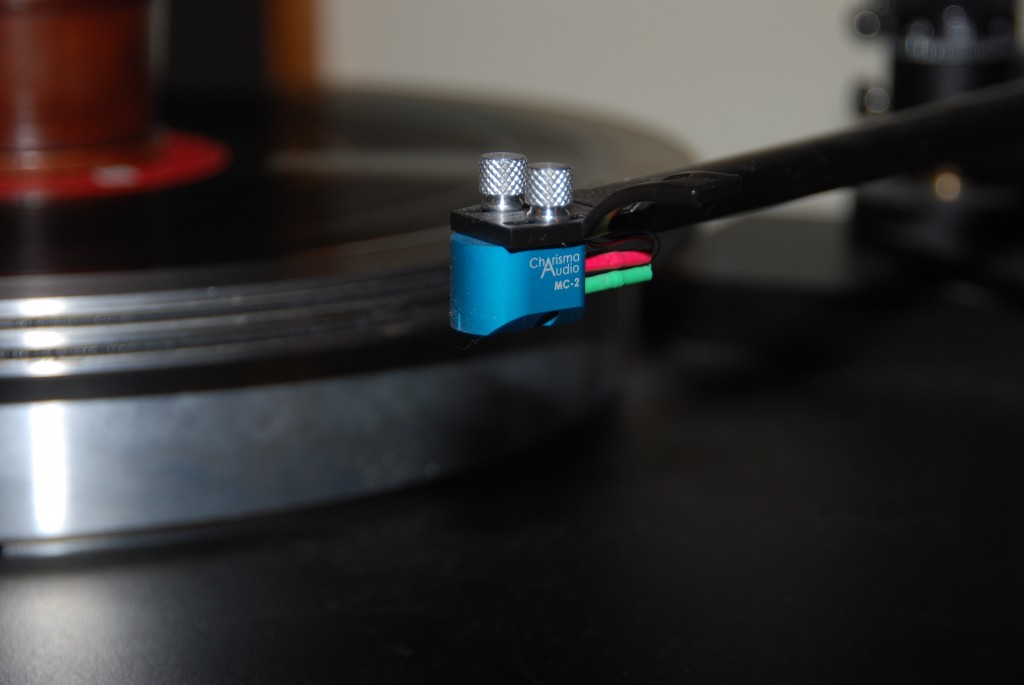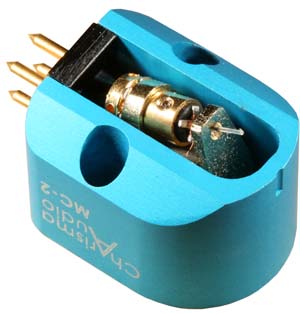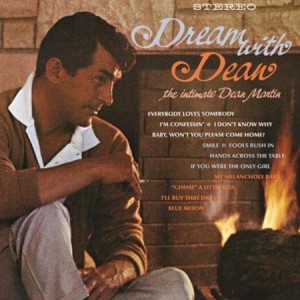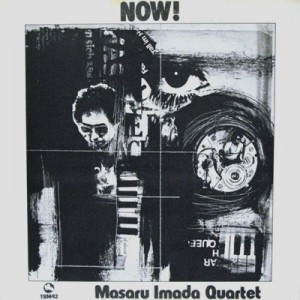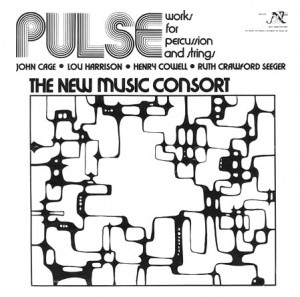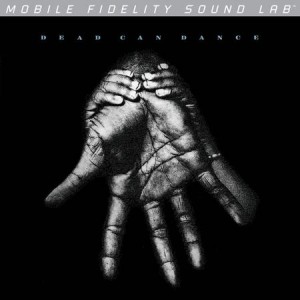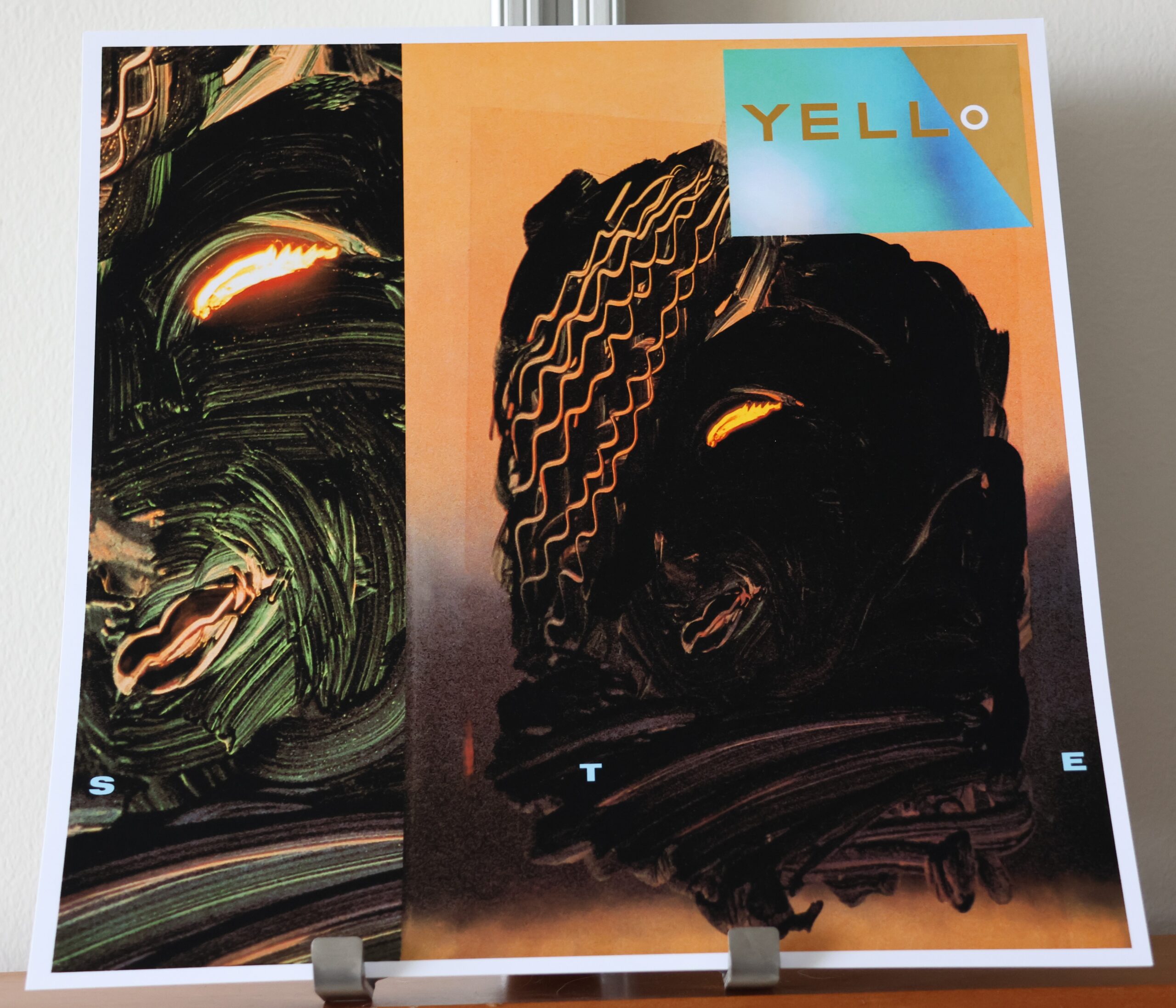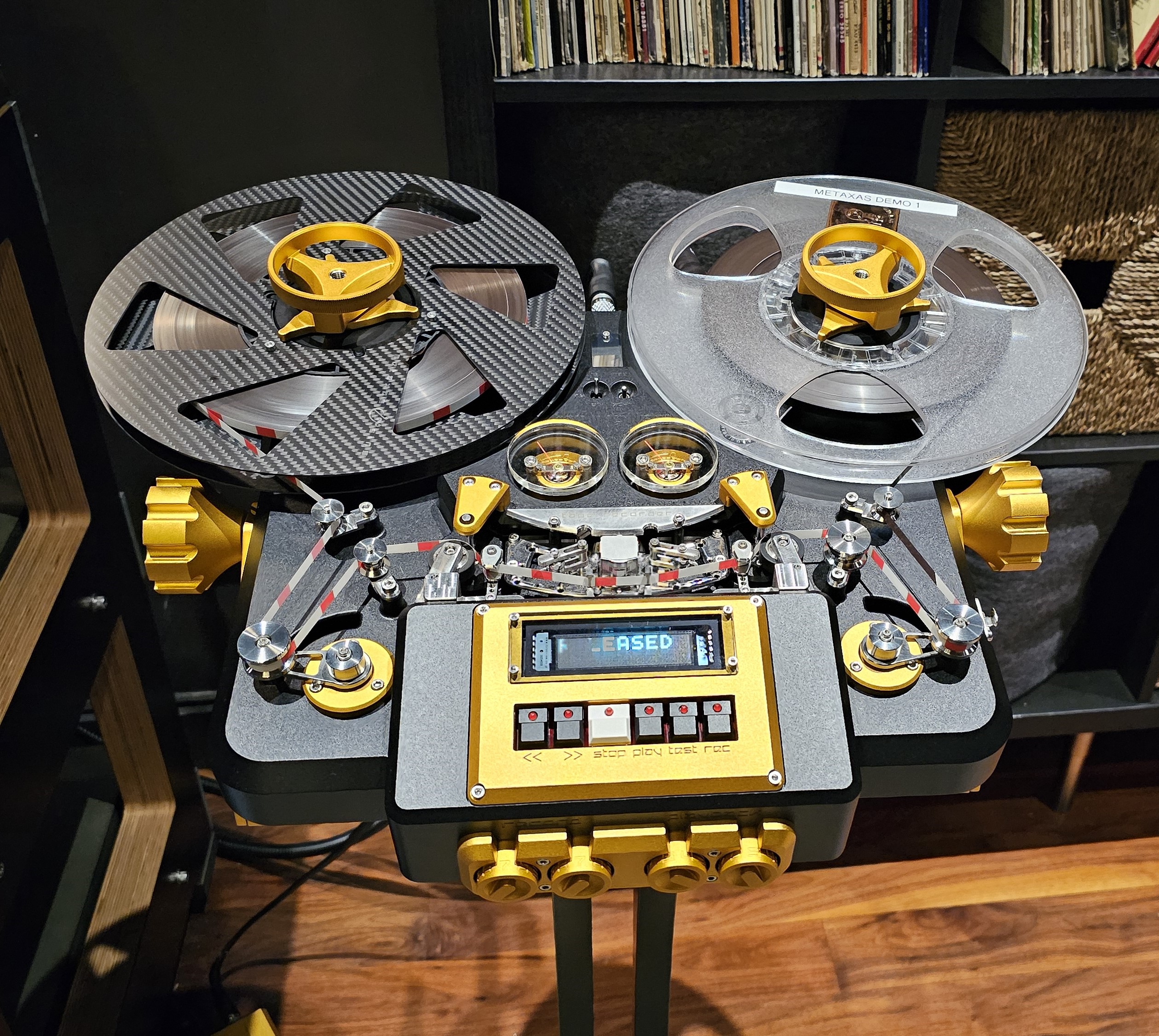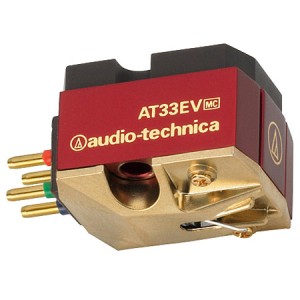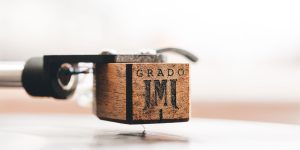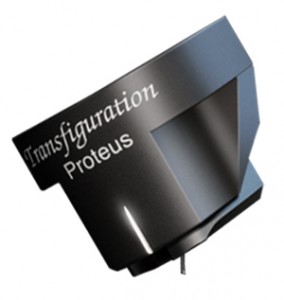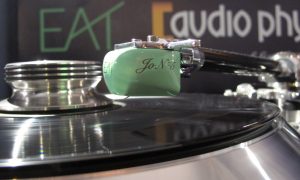The $1495 Charisma Audio MC-2 moving coil cartridge sounds far better than it has any right to! In fact, this recently introduced cartridge–and cartridge line—is undoubtedly one of today's best bangs for the buck in the once again growing world of high-end audio cartridges.
It goes without saying that nothing but nothing prepared me for the listening adventure that lie ahead with the Charisma MC-2. Much like the ZYX cartridge line, this moving coil cartridge possesses that ever-so-elusive and decidedly rare ability to musically engage and draw the listener further and further into the music. No matter what type of music floats your boat or whatever the system, this cartridge is a winner!
Musical Sorcery
The most frequently encountered definition of charisma in the Dictionary is "a hard word or quality to define." Alternatively, charisma also describes, "a rare personal quality attributed to leaders who arouse fervent popular devotion and enthusiasm or a personal magnetism, charm or allure." Out of all the meanings, however, the most applicable term here is perhaps, "sorcery."
That musical sorcery starts in the case of the Charisma MC-2 (or for that matter any high-end audio component worth its salt) with the reproduction of the ever-so-critical midrange area. Unlike many other inexpensive cartridges, the Charisma MC-2 (reminiscent in some ways of the good points of the wood bodied Koetsus) excels at fleshing out the midrange frequencies, preserving the distinctiveness of instruments and voices as well their defining overtones.
There's simply no better example of the cartridge's positively bewitching midrange than Analogue Productions recent spectacular reissue of Dean with Dream (Analogue Productions AAP 076-45). Here Dean Martin backed by the likes of the renowned Red Mitchell on bass, Barney Kessell on guitar, Irv Cottler on drums and longtime accompanist Ken Lane on piano, is magically brought to life. (Interesting, Eddie Brackett engineered both this amazing recording as well as the fabulous Julie London sings Latin in a Satin Mood [Analogue Production APP 7278].) While undoubtedly everyone has a different favorite tune from this album, here it's Dino's rendition of "When Fools Rush In" and the celeste's positively spellbinding opening notes (also heard sprinkled around the album). There's a hard to describe completeness and realness to Dino's voice; it's one of those cases that you just know it's right when you hear it. His voice is silky smooth, ever so gently rounded and not lightning fast but still maintaining enough critical information for the ear to recreate the original recording. There's a real sense of musical flow and the preservation of those critical dynamic accents. Adding to the recording's reality is the sense of Dino and his quartet being in the listening room (as Dr. David mentioned this in his rave review) with you on this very simply recorded album. The main issue here despite tinkering with the cartridge's SRA was a slight loss of body and focus when compared to the Charisma MC-2's bigger brethren. Miss this album at your own risk even if it seems square to own.
Just as magical sounding and impressive is Masura Imada's Now (Three Blind Mice TBM-2). Take for instance, that reference, free improvisation track "Alter" from Three Blind Mice's second album ever issued. There are no empty, flat, disembodied sounding carcasses of instruments here; each and every member of Imada's quartet has real meat on the bones with a very good sense of palpability and three-dimensionality. Contributing to the recreation of the original recording in the listening room is that sense of air around the sax and sound enveloping the piano. Low level information retrieval on this relatively closely miked recording is surprisingly good as evidenced by the ability to really hear the valves on sax. As with the previous Dean Martin, the musicians are literally in the room and the soundstage is very wide with an ever-so slight truncation of depth. Throw in a side order of musical coherence and real harmonic integrity and the end result is one very nice sounding cartridge.
No, the Charisma won't be mistaken for an Atlas, Koetsu Azule Platinum or Ortofon A95 when it comes to transparency; it's no slouch, however, and the apparent loss of transparency won't be nearly as apparent when mated with the appropriate priced phono sections. Nor is the Charisma the last word in articulation but it's no slouch either. While the low end is not quite as tight as the best and there's just a little hanging onto the signal especially with a speaker like the Magicos, there's still a reality to the bass that escapes other cartridges. Cymbals are not quite as defined as the aforementioned trio but they are never annoying or brash and as do the other instruments have a wonderful sense of bloom to them. But these limitations never detract from the cartridge's overall musical nature.
The Charisma MC-2 cartridge continues enchanting the ears when it comes to reproducing a realistic sense of dynamics. Dynamics that this cartridge has no right to have. Wide dynamic swings. A real jump factor. In short, the Charisma MC-2 demonstrates there's more dynamics on those black discs than many give them credit. In fact, some might be surprised that the main issue with the analog medium is not necessarily the recording process per se as much as it is the playback end. Or take for instance the much ballyhooed but rarely realized dynamic range of digital. Here the discussion of the dynamic range of analog vs. digital is very much analogous to the discussion of the importance of a marathoner's VO2 max vs. what percentage of their maximal VO2 max they are able to maintain during the course of the race. For example, many marathoners had VO2 maxes measurably better than Alberto Salazar; in fact, Salazar's VO2 max was hardly noteworthy for an elite marathoner. What Salazar was able to do, however, in contrast to his competition was maintain a higher percentage of his VO2 max throughout the race. And more often than not, analog realizes more of its potential than its fellow music medium.
When it comes to analog recordings, few surpass the sheer power, dynamic contrasts and majesty of that wonderful Anthony Salvatore (a member of the fabled RCA Living Stereo team) recording Pulse: Music for Percussion and Strings (New World Records NW 316). Moreover, of the five pieces on the album, none gives a system more fits than the opening track on the album Cage's Third Construction. Cage's composition literally calls for an army of percussion instruments working in different combinations, transitions between combinations and tonalities (metal, wood and skin and sustained). Salvatore marvelously captured the piece's huge dynamic swings that accelerate from 0 to 60 mph in a heartbeat, from subtle to all out, in "living stereo." The Charisma MC-2 passes this torture test with flying colors and hangs together no matter the dynamics. Moreso, the cartridge reveals and conveys the composer's intent and build-up to the Third Construction's two climaxes. The cartridge neatly avoids splashiness—not to mention there is an uncannily real sense of the tone, intonation, texture and delineation to the various percussion instruments and in particular, the wood blocks on this piece. The low end is very extended if just a hair soft and the roar of the rubbed bass drum is always a special highlight. Low level, subtle information like the little shakers etc. being softly played are nicely portrayed. The cartridge also possesses a good sense of the space and transparency on this recording that is—for instance in the mind's eye—the difference between the crystal clear, blue waters of the Caribbean and the dirty water of Long Island's Atlantic shores.
Where the Charisma again casts its black magic—and an area where again many, many inexpensive cartridges fall short of ultimate—lies in the cartridge's ability to recreate the original recording's sense of space. In this case, cue up the second track on Side 1 entitled "The Ubiquitous Mr. Lovegroove" from Mobile Fidelity's recently released (and highly recommended) Dead Can Dance Into the Labyrinth (Mobile Fidelity MOFI 2-001) album. The Charisma MC-2 is simply so spacious née ethereal sounding on this album. This transducer really unravels and peels back "The Ubiquitous Mr. Lovegroove" and its sampling raga drones, synthesizers, etc., the song's complexity/texture and beat and Perry's voice. The Charisma MC-2 really moves some air in the low end and there's an endless kaleidoscope of sounds with instruments appearing out of nowhere and literally hanging in space.
Conjuring Up the Music
For all their positives, most entry level high-end moving coil cartridges generally suffer from a host of issues including tonal aberrations, a loss of the sense of recording space and ambience, transparency and information and dynamic compression. The Charisma MC-2 moving coil cartridge on the other hand breaks with that stereotype and is a prototypical example of a product where the whole is greater than the sum of the parts. Bernard and company have clearly and carefully considered and balanced out all the parameters important to the reproduction of music so that no single area stands out in contrast to another. The end result is a cartridge that when and where it strays from ultimate stays faithful to the music that when and is easily forgiven or listened through.
No, the Charisma won't be mistaken for or be a threat to today's best reference cartridges—say a Lyra Atlas, Koetsu Azule Platinum or Transfiguration Proteus—when it comes to the noise floor and transparency. No, it's doesn't quite possess the resolution of the best transducers and the bass could be a smidge tighter. Nor does it have quite the reach out and wrap your arms around palpability of its bigger brethren. On the other hand, the Charisma won't embarrass and seem out of place in even today's finest high-end audio systems. In fact, the few that heard the Charisma MC-2 cartridge set-up in my reference system were astonished by the transducer's performance. That's because the cartridge is right in all the right areas starting with the midrange and tonality.
The Charisma MC-2 moving coil cartridge is an outstanding performer and it would be extremely interesting to see and hear what Bernard Li could accomplish with an even more adventurous transducer design. A must hear!
Technical Highlights
First, a few practical comments. The Charisma's "semi-open" body design made mounting and aligning the cartridge in the VPI 3D arm a fairly easy task. Like so many cartridges, it took 25 or so hours of playing for the Charisma MC-2's suspension to loosen up and track its best. (At the start, the cartridge had a little trouble tracking high frequency instruments such as triangles.) Initial listening sessions included the earlier model Doshi phono stage (see review); the bulk of the review, however, was carried out with Doshi's newest 3.0 phono section that among other things features highly adjustable – not to mention—remote control, dual loading ability. (Stay tuned for upcoming review!) To be more specific, the Doshi 3.0 allows for cartridge loading in increments of 10 ohms values from 20 to 500 ohms. After the dust settled, the optimal loading for the Charisma MC-2 into the new Doshi 3.0 phonostage turned out to be 180-190 ohms. In addition to the Doshi 3.0 phono section, the recent arrival of the brand smacking new Transparent Gen. 5 phono cable (a collaborative effort between Nick Doshi and Josh Clark of Transparent Audio) allowed for running the Charisma MC-2 in differential balanced mode. The Charisma was tracked at 2.05 grams, just a touch above the manufacturer recommended 2.0 grams.
Next, a little bit about the history and design of the Charisma MC-2. The Charisma cartridge line is the brainchild of Bernard Li, "a self-proclaimed, analog freak for about 40 years." Over those almost four decades, Bernard has owned, reviewed (prior to moving the dealer side, Bernard was a contributing editor for 14 years to Hong Kong's number one audio magazine Audiotechnique) or listened to quite a number of cartridges, tonearms and turntables."
Why would any sane individual in this day and age introduce a new cartridge line? Bernard opined, "I believe you'll agree with me that analog is back. [In a big way-MBA!] There are more and more new audiophiles who want a turntable, more and more digital audiophiles adding a turntable to their existing systems and more and more older audiophiles returning to analog." He added, "my enthusiasm for analog gave me a hope that one day I could have my own brand of cartridges/tonearms/turntables." That dream finally was realized according to Bernard, when, "I met a cartridge designer and builder who could make a line of cartridges for me according to my requirements."
Bernard added, "due to the rise in demand, we can see that there are a number of new tonearm and turntable manufactures on the market. But the number of new cartridge manufacturers is still very, very limited. Besides, most of the cartridge makers are not young and the majority of them are easily over 60, even 70 or 80. We can also see that some of the existing manufacturers such as Benz Micro, Lyra, Clearaudio, etc. are hard pressed to currently supply enough cartridges for the market growth. Even Dynavector has reportedly had problems supplying some of their models.
His goal is very simple. Bernard wanted to, "create a line of affordable, very high quality cartridges. We all understand that nothing is perfect and just like speakers, each design comes with its own set of strengths and weaknesses. We cannot say that a cone is better than a ribbon speaker or a ribbon is better than an electrostatic speaker or an electrostatic is better than a horn speaker or a horn is better the planar-magnetic speaker."
Finally, Bernard had a number of specific objectives in mind when it came to designing the Charisma cartridge product line. First and foremost, he wanted his cartridges to be phono section friendly. As a result, the output of all Charisma cartridges are 0.4 mV or higher and thus will mate with the majority of moving coil phono stages on the market.
Second, the cartridge must be as neutral as possible. "The better the model," Bernard shared, "the better their resolution, soundstage, frequency extension, layering, channel separation and control. I found the older Lyra cartridges a bit on the lean side and the Koetsus are just the opposite. Therefore, my cartridges are not biased to one side or another."
Bernard wanted all of the Charisma cartridges to have an open and airy sound. As a result, he opted for a "semi-enclosed" cartridge body because he found some naked cartridges sounded a bit bright and thin and some enclosed designs sounded a bit dark and dull. The MC-2 (as well as its little brother the MC-1) comes with a thick, 12 g aluminum body but without a stylus guard. So fumblefingered audiophiles take care!
When it came to the MC-2's cantilever design and construction (and its criticality to performance), Bernard opted for a hard (for rigidity) and light (for faster response) material. In the case of the MC-2, the cartridge is equipped with a tiny 0.32 mm diameter sapphire cantilever (as opposed to the titanium alloy cantilever in the entry level MC-1) in order to reduce cantilever mass. According to Bernard, it's no easy task obtaining that small a diameter cantilever, "due to the hardness of jewel material."
Needless to say, the generator mechanism and suspension material are also crucial components to cartridge design. Here, the MC-2's coils are fashioned from ultra-high purity, single crystal copper (as opposed to the 6N OCC copper used in its smaller brother, the MC-1). All the Charisma cartridges also use a special formulated rubber that has gone through multiple aging processes for maximum performance and reliability. Consequently, the suspension will not dry up or crack after an extended period of time to degrade the sound.
Specifications
- Output voltage: 0.42 mV
- Internal impedance: 14 ohms
- Compliance: 10
- Recommended tracking force: 2.0 grams
- Cartridge weight: 12 grams
Charisma Audio MC-2 moving coil cartridge
MSRP: $1495
Distributed by Charisma Audio




